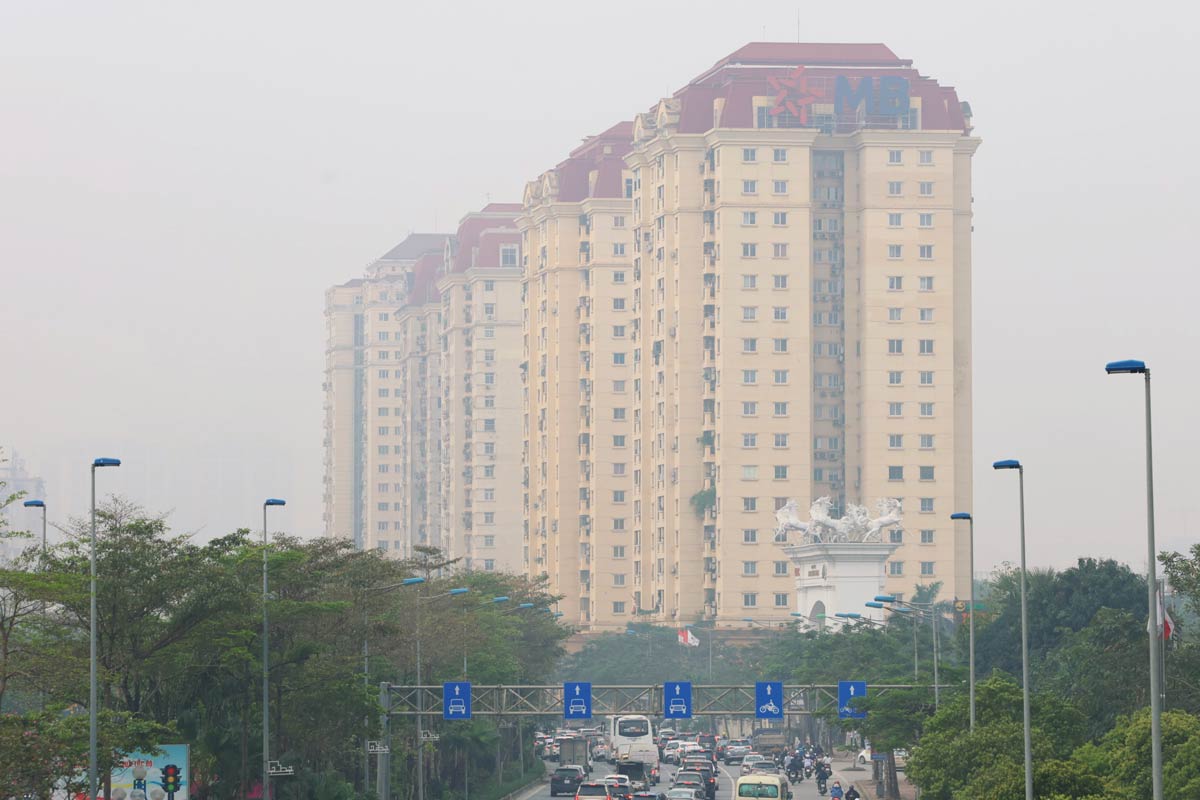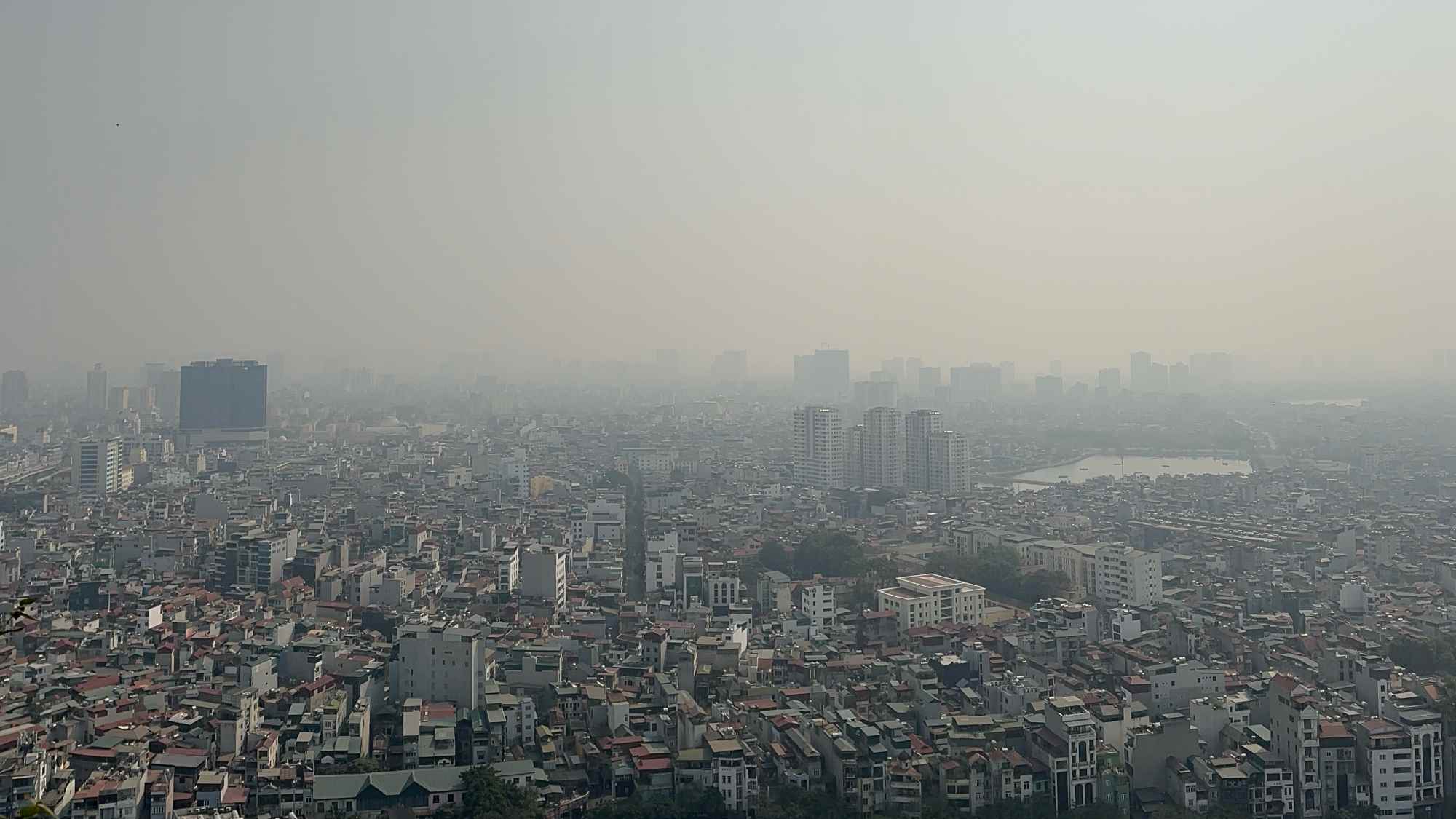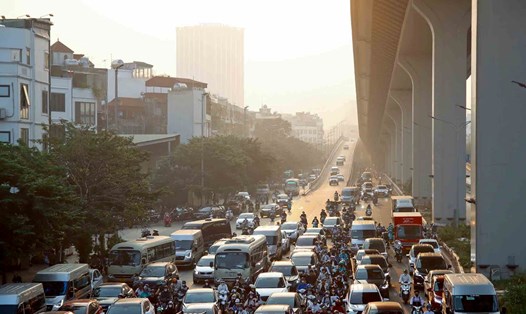alarming air pollution
Air pollution is currently a problem that receives a lot of attention, especially in big cities like Hanoi and Ho Chi Minh City. Since the beginning of the year, Hanoi has been in the top of the most polluted cities in the world for many consecutive days.
According to the IQAir air quality index measuring application, there are times when air quality in Hanoi is above 200 - a threshold that is harmful to human health. Of which, the West Lake area is the leading area in pollution.
Today (September 11), the IQA index in Hanoi is 154 - an unhealthy level and continues to rank 4th among the most polluted cities in the world.


Not only in Hanoi, Ho Chi Minh City has also had many days when the AQI air quality index in Ho Chi Minh City has continuously reported red in many areas, warning of serious air pollution that can harm health.
According to Associate Professor, Dr. Hoang Anh Le - Head of the Department of Environmental Management, Faculty of Environment, University of Natural Sciences, Vietnam National University, Hanoi, air pollution in Vietnam in general and in big cities in particular comes from sources of discharge such as vehicles, industrial activities, garbage burning activities... In addition, the combination of meteorological and weather conditions is also the reason why polluted air is difficult to diffuse.
Monitoring system is still limited
In the seminar "Reducing air pollution: What needs to be done immediately", the guests shared the challenges in reducing air pollution, partly due to the limited monitoring system.
Sharing at the seminar, Mr. Nguyen Hoang Duc - Department of Environment (Ministry of Agriculture and Environment) - said that like other countries in the world, Vietnam also has automatic, continuous, fixed monitoring stations and low-cost sensor monitoring stations. Currently, Vietnam has a planned air monitoring network with 37 central-level fixed and automatic stations.
In localities, there are about 90 stations providing indicators to put on AQI applications so that people can refer to environmental and air quality. In addition, these systems also have the nature of predicting air quality.

"The current monitoring system also has certain limitations. For example, investing in automatic and fixed monitoring stations is quite large. sensory stations will be cheaper, but in terms of data, they will not be as accurate as automatic, fixed stations. It can be said that in terms of technical facilities, we can do it, but in terms of investment costs, it will be very large. Of course, in the future, we will also aim for the growth of automatic stations so that forecasts can be more accurate," said Mr. Nguyen Hoang Duc.
Meanwhile, Associate Professor, Dr. Hoang Anh Le said that we are also applying many technologies such as AI and satellites to monitor and forecast air quality, but there are times when it is not accurate.
"Air quality depends on many factors, so just one factor being missing will cause the forecast to be distorted. I think in the future we will complete the monitoring tool to predict tomorrow, even what the air quality will be like in the future. Good forecasting can help us have solutions for timely prevention and response," said Associate Professor, Dr. Hoang Anh Le.











